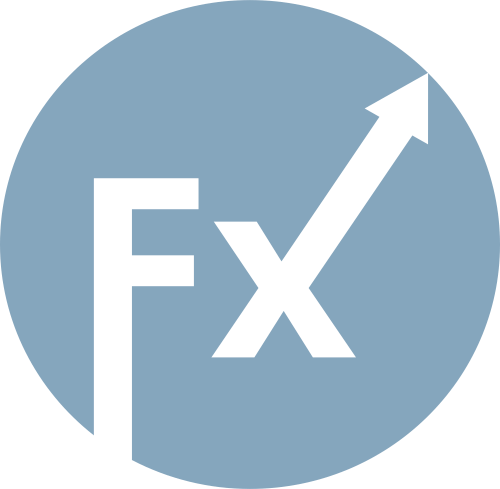On Thursday, the Japanese yen took a defensive stance against the U.S. dollar. The USD/JPY pair is rising for the second straight day, recovering after briefly dropping to its lowest level since July 7, immediately following the Federal Reserve's rate decision. At the time of writing, the pair is trading near the psychological level of 148.00, up nearly 0.75% on the day. This strength is driven by dollar gains, while traders await two key events on Friday: Japan's national Consumer Price Index (CPI) and the Bank of Japan's final rate decision.  The Bank of Japan is expected to keep its benchmark rate at 0.50%, with investor focus on Governor Kazuo Ueda's outlook. The Japanese economy has shown resilience: Q2 GDP was revised to an annualized growth of 2.2%, and the output gap turned positive for the first time since 2023 (+0.3%), signaling a recovery in domestic demand. Inflation remains above target, with key indicators holding around 3%, despite projections of a gradual slowdown to 2% over the next year.
The Bank of Japan is expected to keep its benchmark rate at 0.50%, with investor focus on Governor Kazuo Ueda's outlook. The Japanese economy has shown resilience: Q2 GDP was revised to an annualized growth of 2.2%, and the output gap turned positive for the first time since 2023 (+0.3%), signaling a recovery in domestic demand. Inflation remains above target, with key indicators holding around 3%, despite projections of a gradual slowdown to 2% over the next year.
Despite stronger growth and above-target inflation, the BoJ is unlikely to rush into tightening monetary policy. Real wages remain under pressure, limiting household consumption, while increased political uncertainty following Prime Minister Shigeru Ishiba's resignation reinforces expectations for cautious central bank action. October and December remain potential dates for a rate hike.
Friday's CPI report for August will be decisive in assessing inflationary pressures. In July, annual inflation eased to 3.1% from 3.3% in June. The core index, excluding fresh food, also fell from 3.3% to 3.1% and is forecast to decline further to 2.7% in August, pointing to easing core inflation. Meanwhile, the index excluding food and energy remained stable at 3.4% in June and July, highlighting persistent domestic price pressures.
Against this backdrop, the policy divergence remains central. The Fed cut interest rates by 25 basis points for the first time since December 2024, while the BoJ maintains a more cautious stance, keeping policy unchanged but leaving the door open to future tightening as inflation stays above target.
From a technical perspective, the breakout above horizontal resistance at 147.50 and the round level of 148.00 favored the bulls, but the pair failed to sustain gains above that level. Still, oscillators have turned positive, confirming an upbeat outlook. Holding above 148.00 would open the way toward the 200-day Simple Moving Average (SMA), currently near 148.70, before testing the 149.00 round level.
On the other hand, support is seen near 147.50 ahead of the 147.00 psychological level. A decisive break below this zone would pave the way for deeper losses.

RÁPIDOS ENLACES